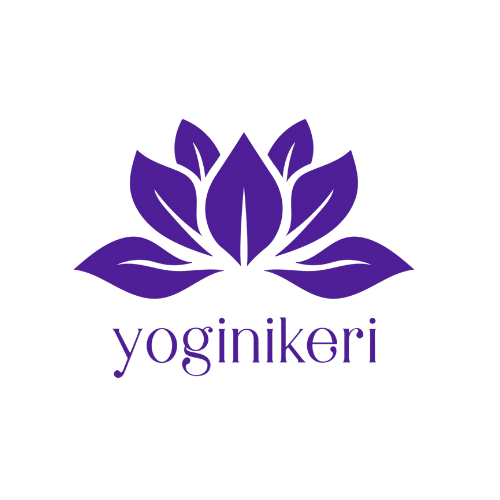During a Yoga class it's important that you consider any contraindications and injuries.
Make sure to complete the (3) items below 24 hours in advance of our session together. If you'd prefer, please feel free to cut & paste to an email and send completed.
Make sure to complete the (3) items below 24 hours in advance of our session together. If you'd prefer, please feel free to cut & paste to an email and send completed.
- Sign the waiver
- Fill out the Client Intake form
- Complete payment 24 hours in advance of our session via the following are payment options:
~Zelle (201-519-4851)
~Venmo
~Paypal
Contraindications
The wonderful thing about restorative yoga is that there are very few contraindications - it is accessible to pretty much everyone.
However you should take caution in certain poses if:
- You are pregnant:
Certain poses such as deep twists and forward folds should not be performed after 3 months. Your teacher will be able to adjust and give suitable modifications depending on your needs, so just make sure to inform them.
- You suffer from degenerative bone-disease:
Any pose that puts pressure on the spine or joints even in the most passive physical forms of yoga will be damaging to those suffering from advanced forms of bone disease, such as osteoarthritis. While yoga can be effective as a preventative measure during early phases of such conditions, the more advanced the illness is, the higher the risk of injury during class - even restorative yoga. The bottom line here is to seek medical advice before attending any kind of physical class, and also to inform the teacher of details of your condition. The good thing about restorative yoga is that instead of placing strain on the joints, we are actually aiming to relieve them and so finding a place where this works for you and your physical discomfort may just take a little more exploration and extra props.
If you have trouble relaxing or the idea of ‘sitting still’ for long periods of time makes you anxious, then these are all signs that you SHOULD do more restorative yoga, not the opposite!
If you have trouble relaxing or the idea of ‘sitting still’ for long periods of time makes you anxious, then these are all signs that you SHOULD do more restorative yoga, not the opposite!
Physical Injuries
Another thing which should be taken into account by students and teachers alike is the intensity or severity of any physical injury when practicing restorative yoga. It’s important to heed the signals of the body and set up your supporting props in a way that will maximize healing and comfort for your body. Unlike yin yoga, restorative poses should not place any strain on any area of the body, and the intent is not to sit with discomfort - rather it’s to support the area where the discomfort arises and allow it time to process the pain.
If something feels off - adjust it until it feels good. This might mean using more blocks, bolsters or blankets than the person next to you, but in the end the purpose of yoga is not to be the same as everyone else. It’s to become comfortable and aware of YOUR body, and to provide smart, informed support for you to drop inwards and find stillness of the mind.
Many physical therapists have started including and recommending restorative yoga as part of treatment plans for patients, and the benefits (though endless) are still being explored.
Here’s a great piece on how restorative yoga can help patients of physical therapy: https://newgradphysicaltherapy.com/restorative-yoga-can-help-physical-therapy-patients/




















0 Comments